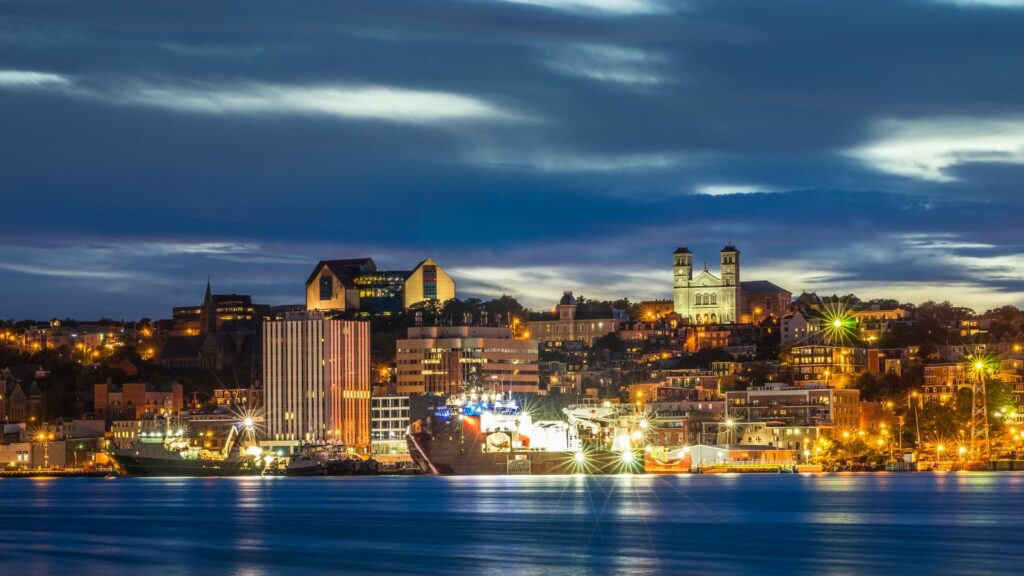As climate change continues to displace people globally, Canada’s vast landscape and relatively stable climate are drawing more attention. From coast to coast, cities and provinces are preparing to welcome a new type of migrant: the climate refugee. These individuals and families are fleeing floods, fires, droughts, and rising sea levels in their home countries—or even from climate-vulnerable parts of Canada. While no place is truly “immune” to climate change, some locations are more resilient due to geography, infrastructure, and long-term planning.
Here are 28 Canadian provinces and cities where climate refugees may quietly begin to resettle in the years ahead
Halifax, Nova Scotia
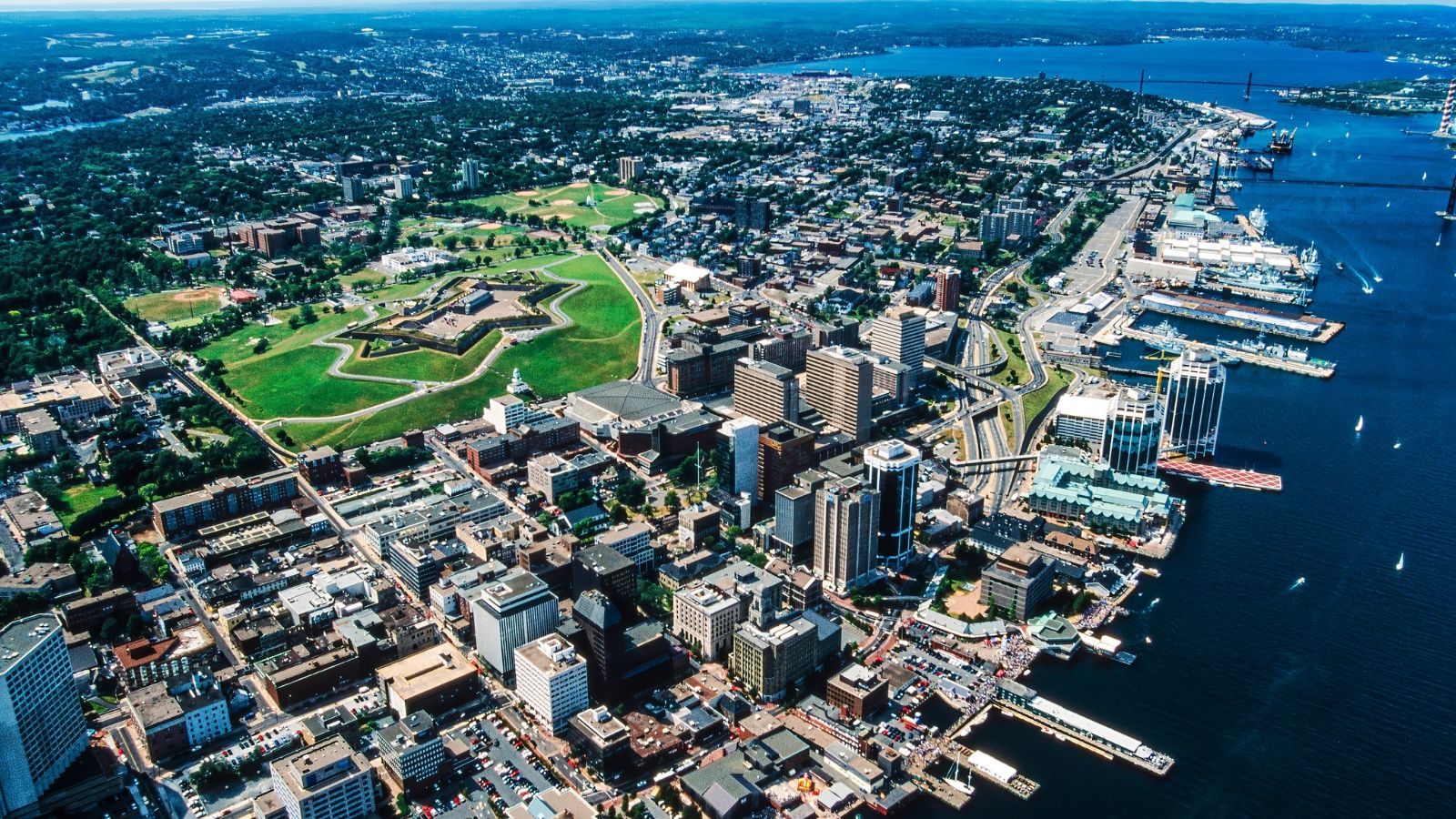
With its cooler temperatures and proactive coastal planning, Halifax is emerging as a safe haven. The city is working to upgrade its infrastructure to withstand storms and sea-level rise. Its rich culture, strong economy, and access to Atlantic trade make it attractive. Plus, Nova Scotia has long been a welcoming place for newcomers. Climate migrants could find both opportunity and community here.
Charlottetown, Prince Edward Island
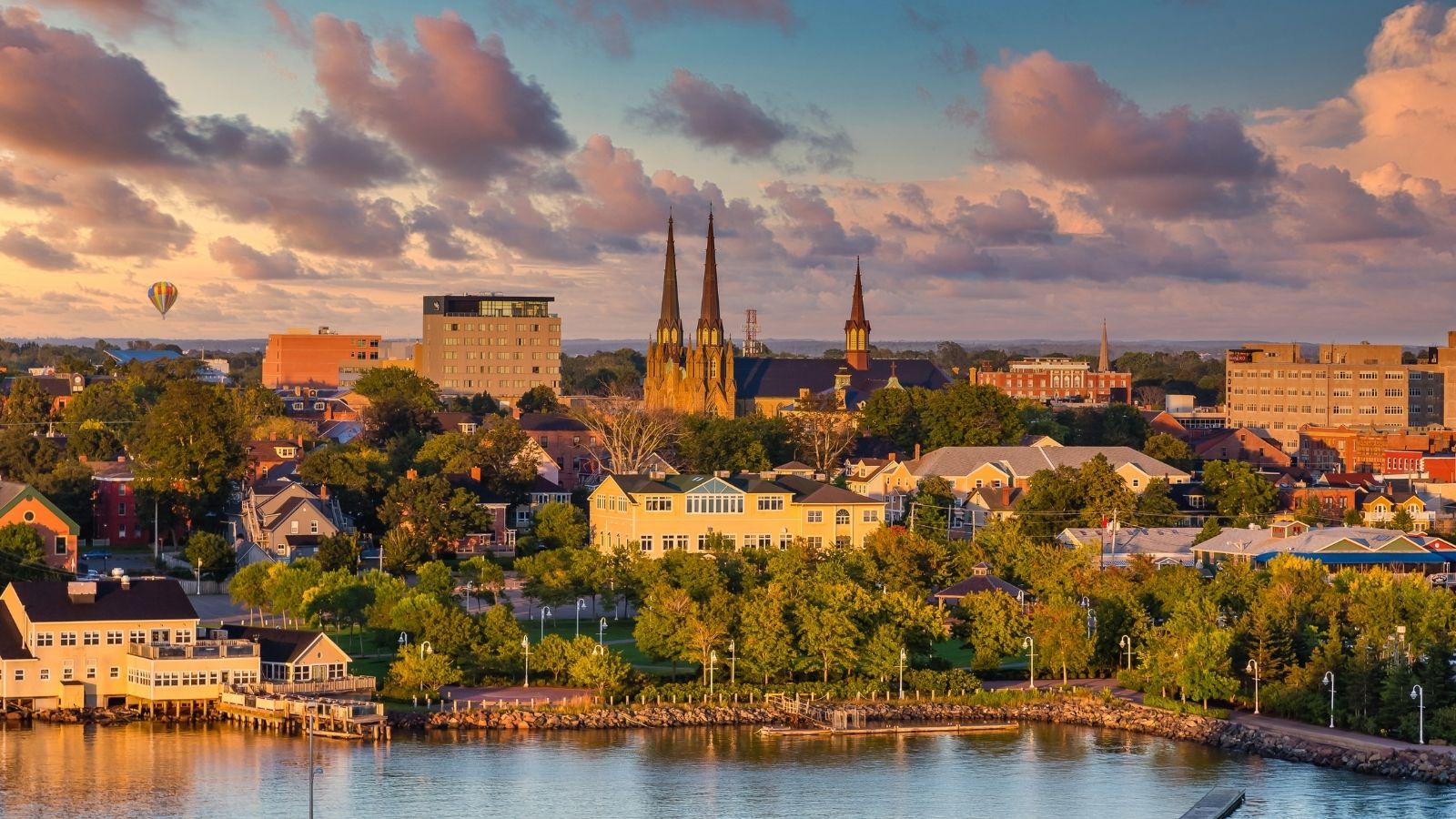
PEI’s capital is small but mighty, with tight-knit communities and a lower cost of living. While coastal erosion is a concern, Charlottetown is investing in climate adaptation. Its fertile land and renewable energy goals make it a smart relocation choice. Agriculture is strong, and small businesses thrive here. It’s also a beautiful place to start fresh.
St. John’s, Newfoundland and Labrador
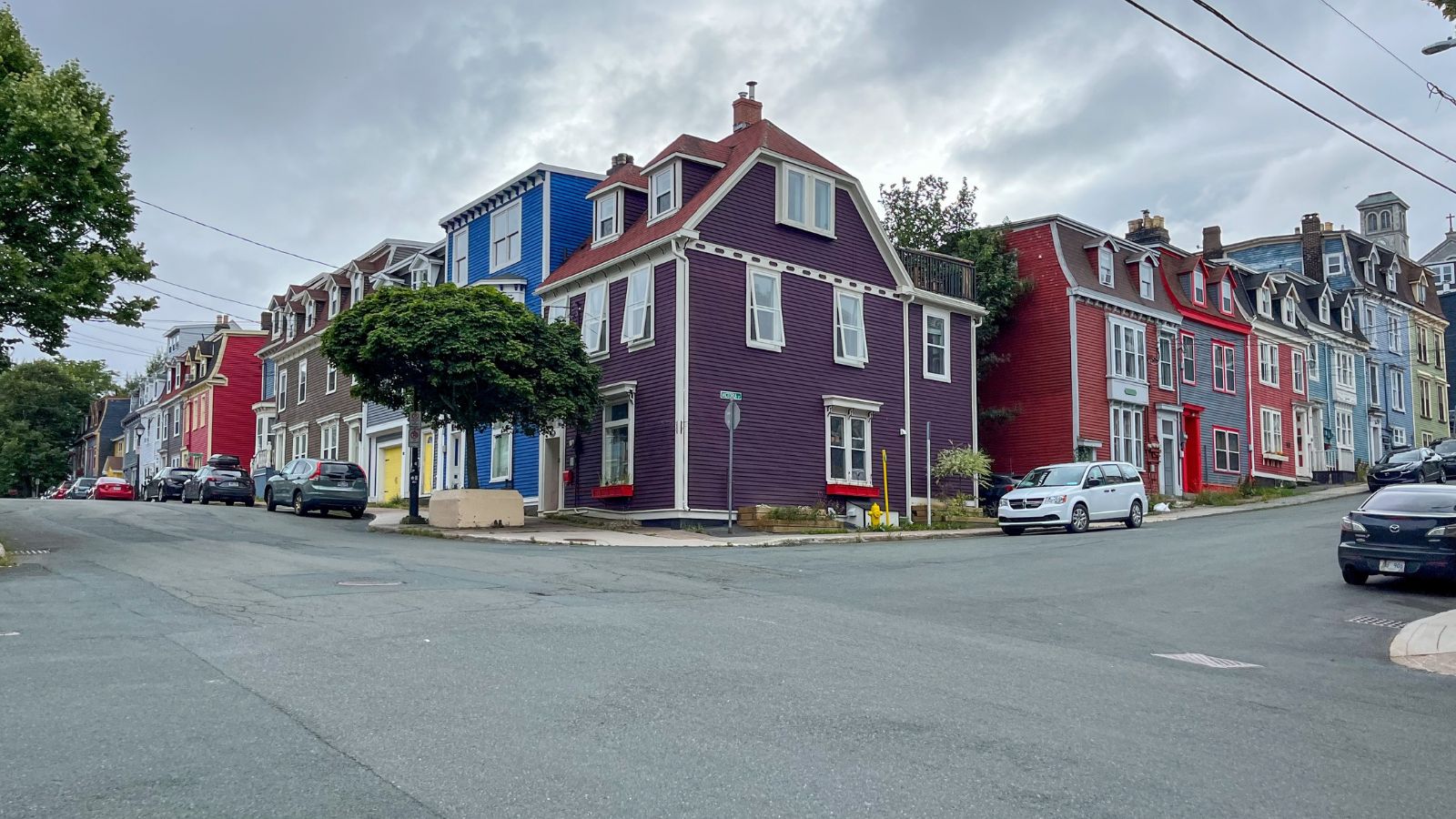
Cooler temperatures and abundant natural resources make St. John’s an ideal candidate for climate migrants. It’s a city rich in history and resilience, already accustomed to harsh weather. Renewable energy, particularly hydro and wind, is growing. The population is stable, with room for sustainable growth. Refugees from hotter or drought-prone areas may find relief in this cooler climate.
Moncton, New Brunswick
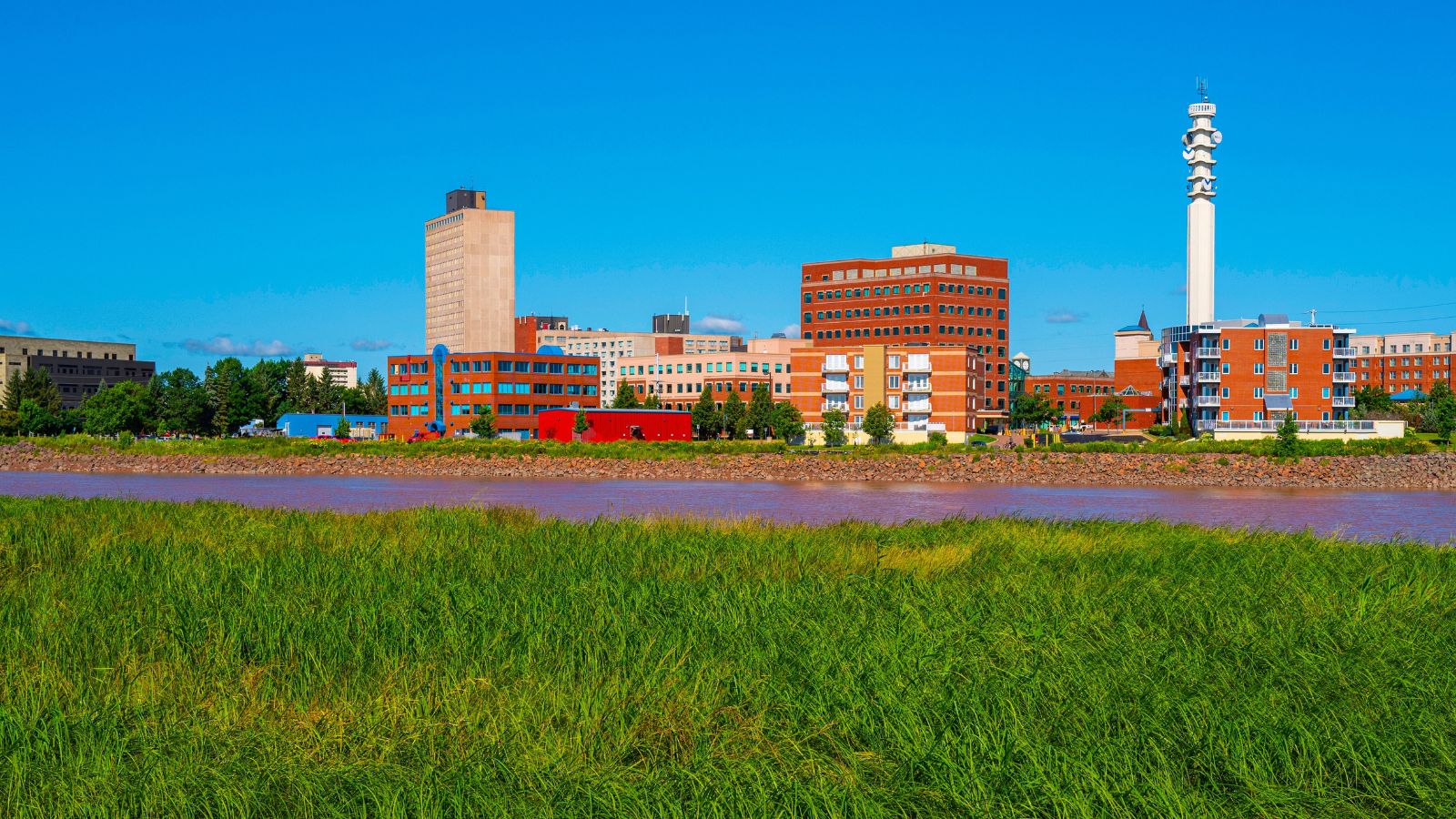
Moncton is an inland city with a strong economy and a growing tech sector. It is considered relatively low-risk for climate disasters compared to its coastal counterparts. Infrastructure is modernizing, and housing is more affordable than in larger cities. Its bilingual nature also attracts a diverse population. Climate newcomers could thrive in its stable environment.
Fredericton, New Brunswick
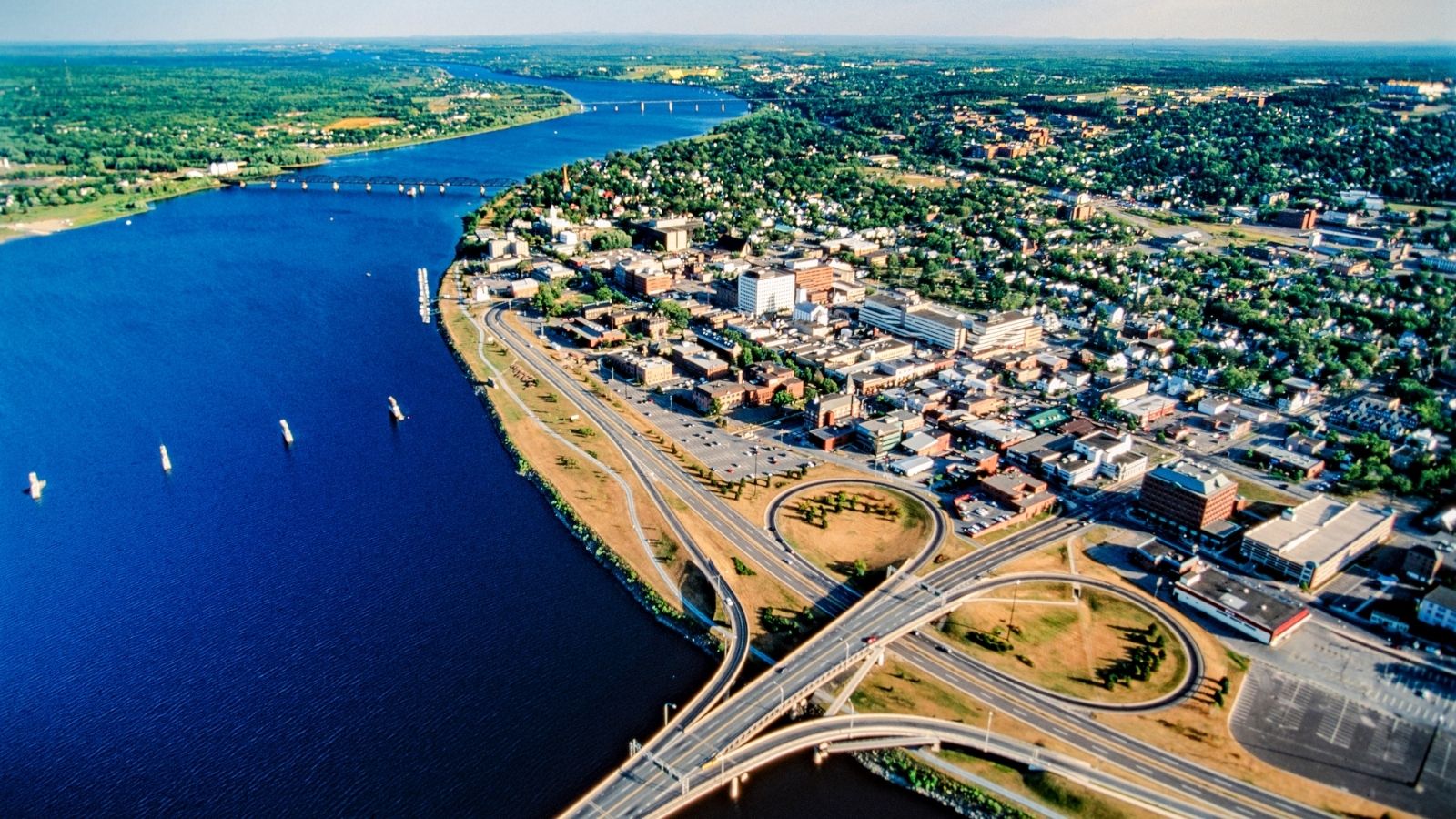
As the capital city of New Brunswick, Fredericton has focused on green spaces, walkability, and community development. It’s not prone to wildfires or droughts and is prepared for future climate resilience. Universities and tech startups make it ideal for younger migrants. The city is already home to several climate-related research centers. Refugees looking for sustainability and safety will find both here.
Quebec City, Quebec
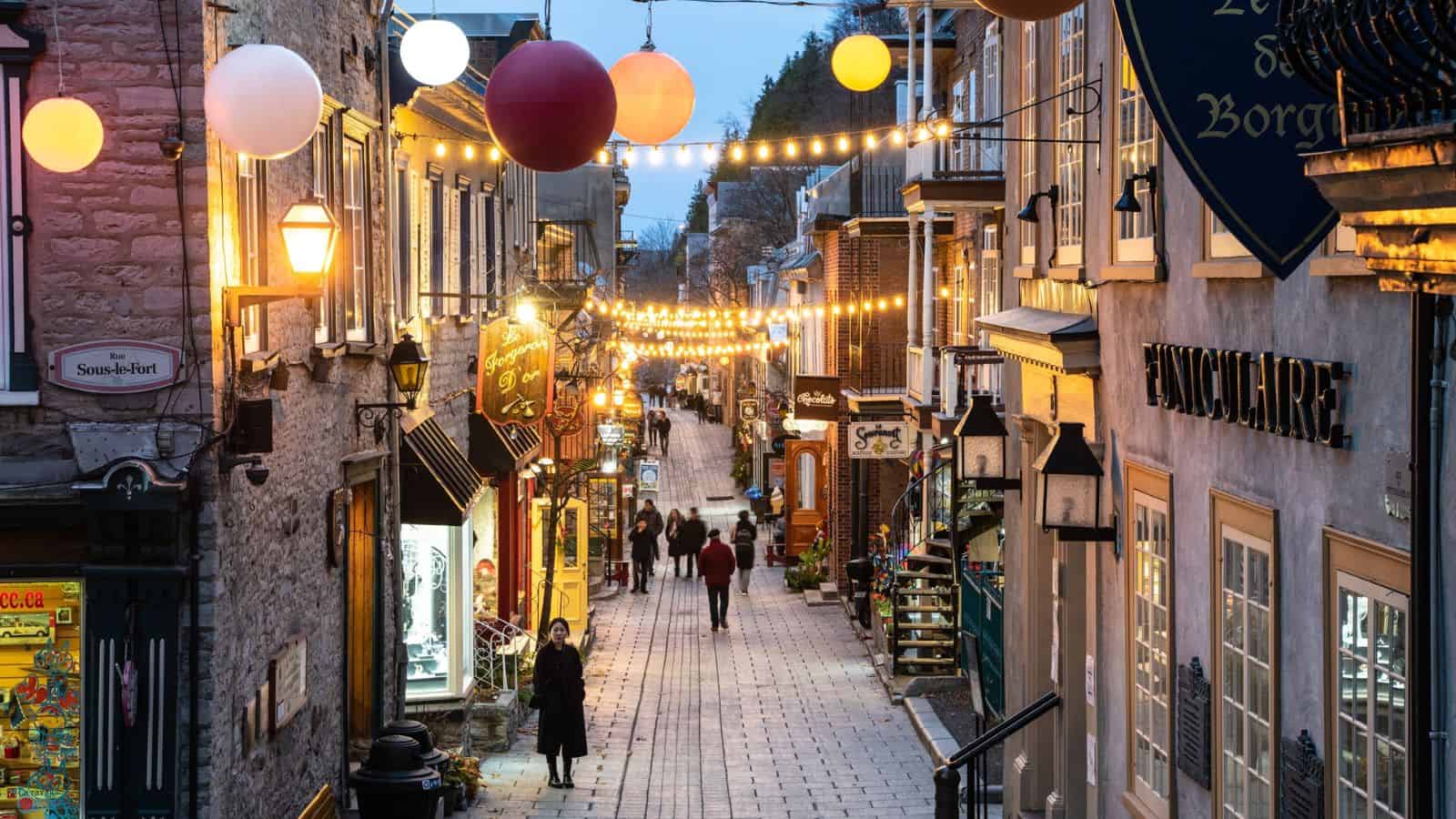
Known for its strong infrastructure and urban planning, Quebec City sits far from wildfire zones and rising sea levels. The city has invested heavily in green energy and climate resiliency. It’s historically secure, with a slower pace of life that many displaced families may appreciate. French is dominant, but immigrant integration programs are strong, and it is a safe and scenic destination for resettlement.
Sherbrooke, Quebec
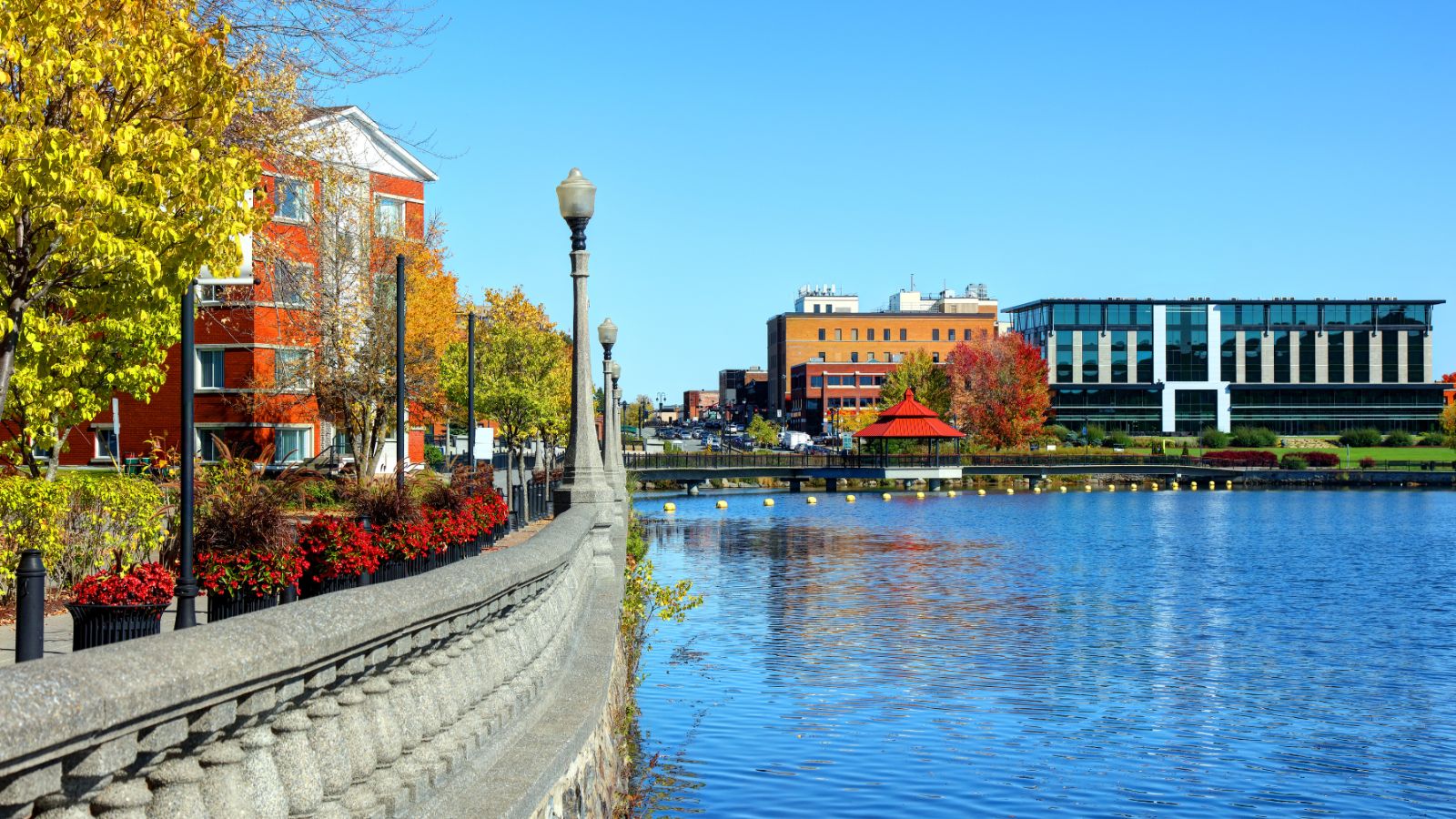
Located in southern Quebec, Sherbrooke offers a mild climate and well-established public services. It is home to multiple universities and a strong research community. The area is considered low-risk for extreme climate events. Housing remains affordable, making it appealing for new settlers. With urban-rural balance, it’s a promising city for sustainable growth.
Kingston, Ontario
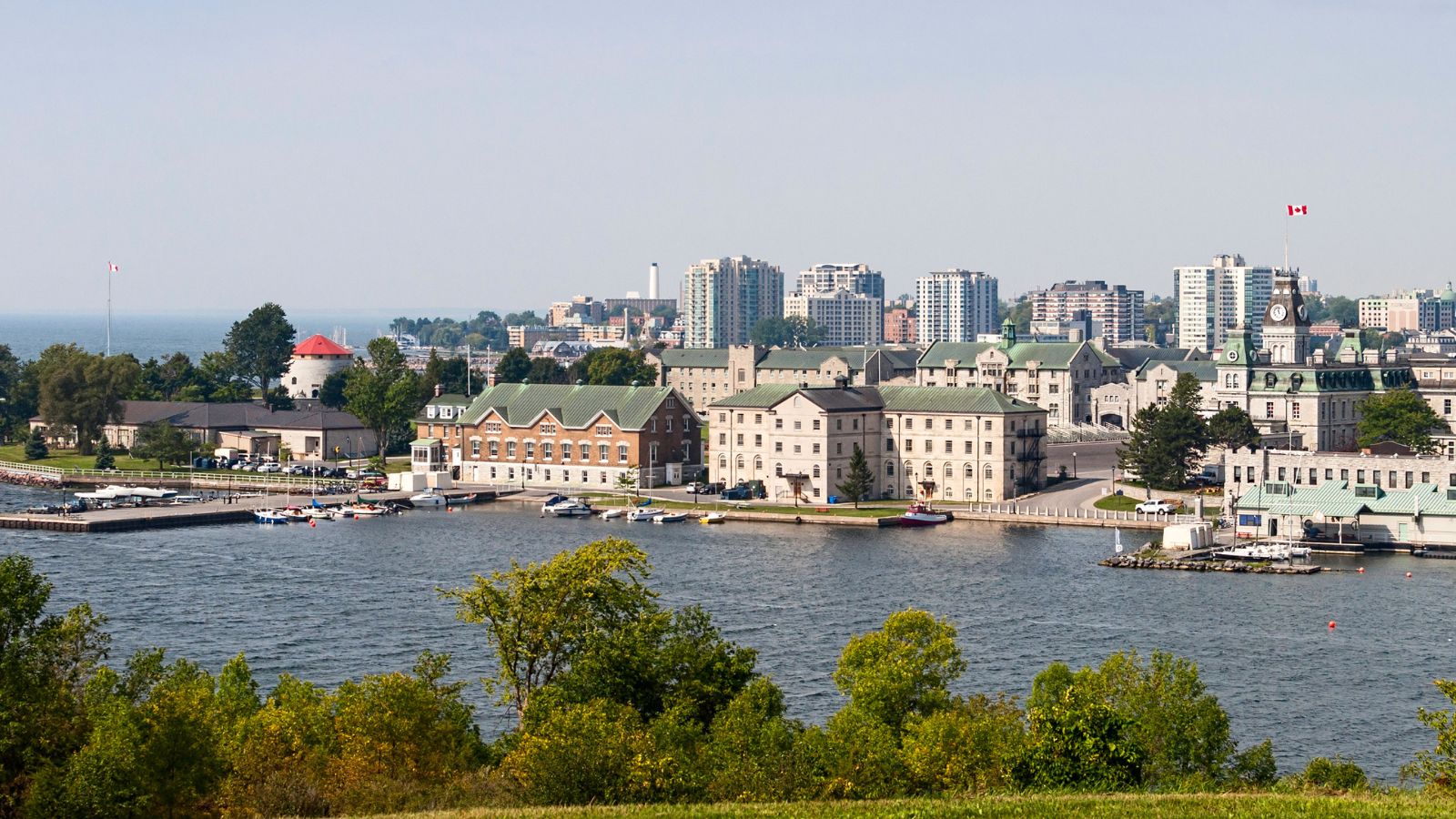
Strategically positioned between Toronto, Ottawa, and Montreal, Kingston enjoys the benefits of all three without the congestion. It’s also at low risk for natural disasters and floods. Queen’s University and a thriving health sector make it economically strong. With great waterfront development and public services, it’s ideal for sustainable relocation. The city has already adopted climate-focused planning measures.
Ottawa, Ontario
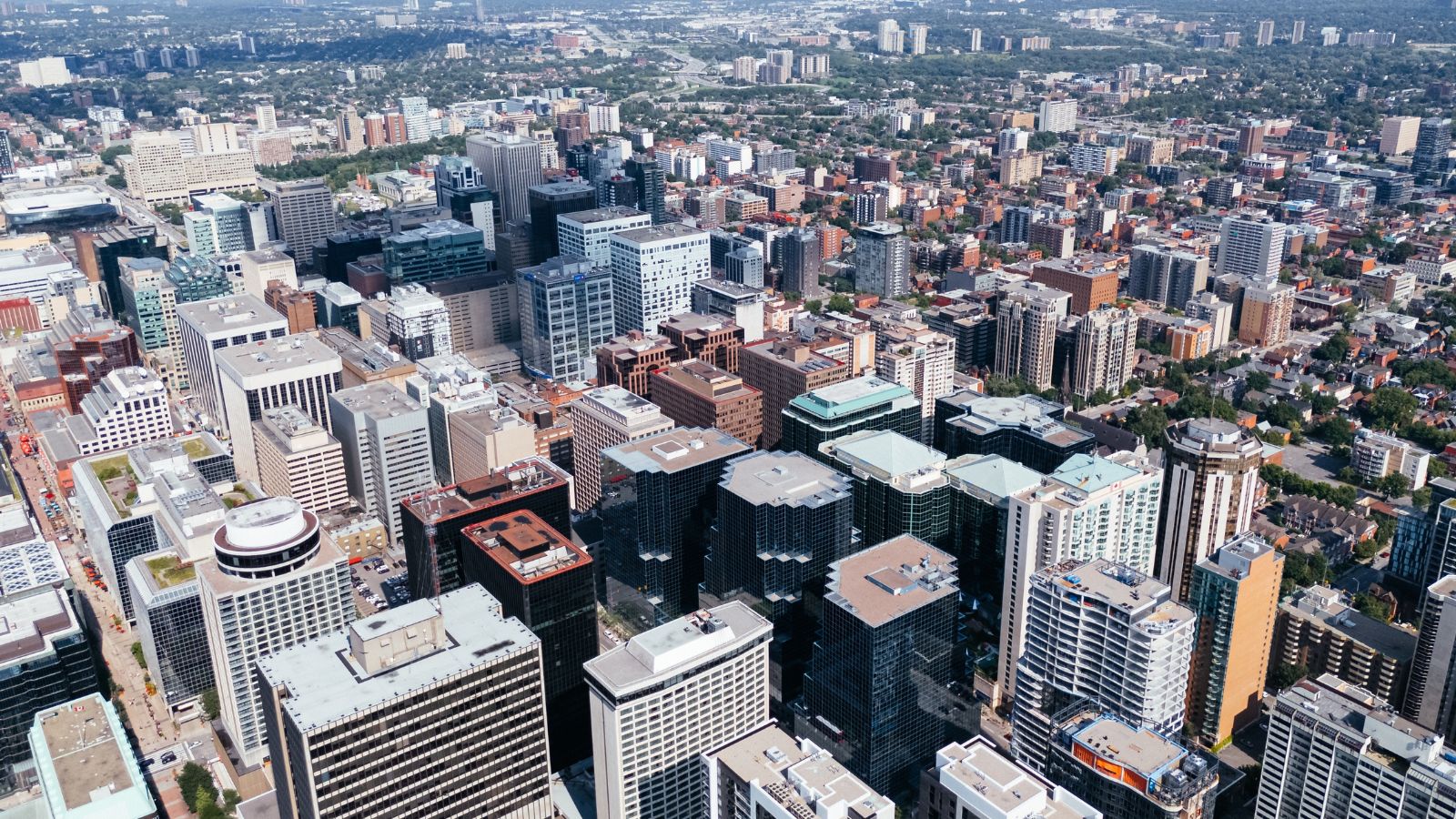
Canada’s capital is well-equipped for growth with strong public infrastructure, a diverse population, and well-developed health care. It ranks high in environmental preparedness. Ottawa is also far from rising sea-level zones and has lower wildfire risks than western provinces. It’s a government hub with strong employment prospects. Climate migrants seeking opportunity and safety may find a long-term home here.
Peterborough, Ontario
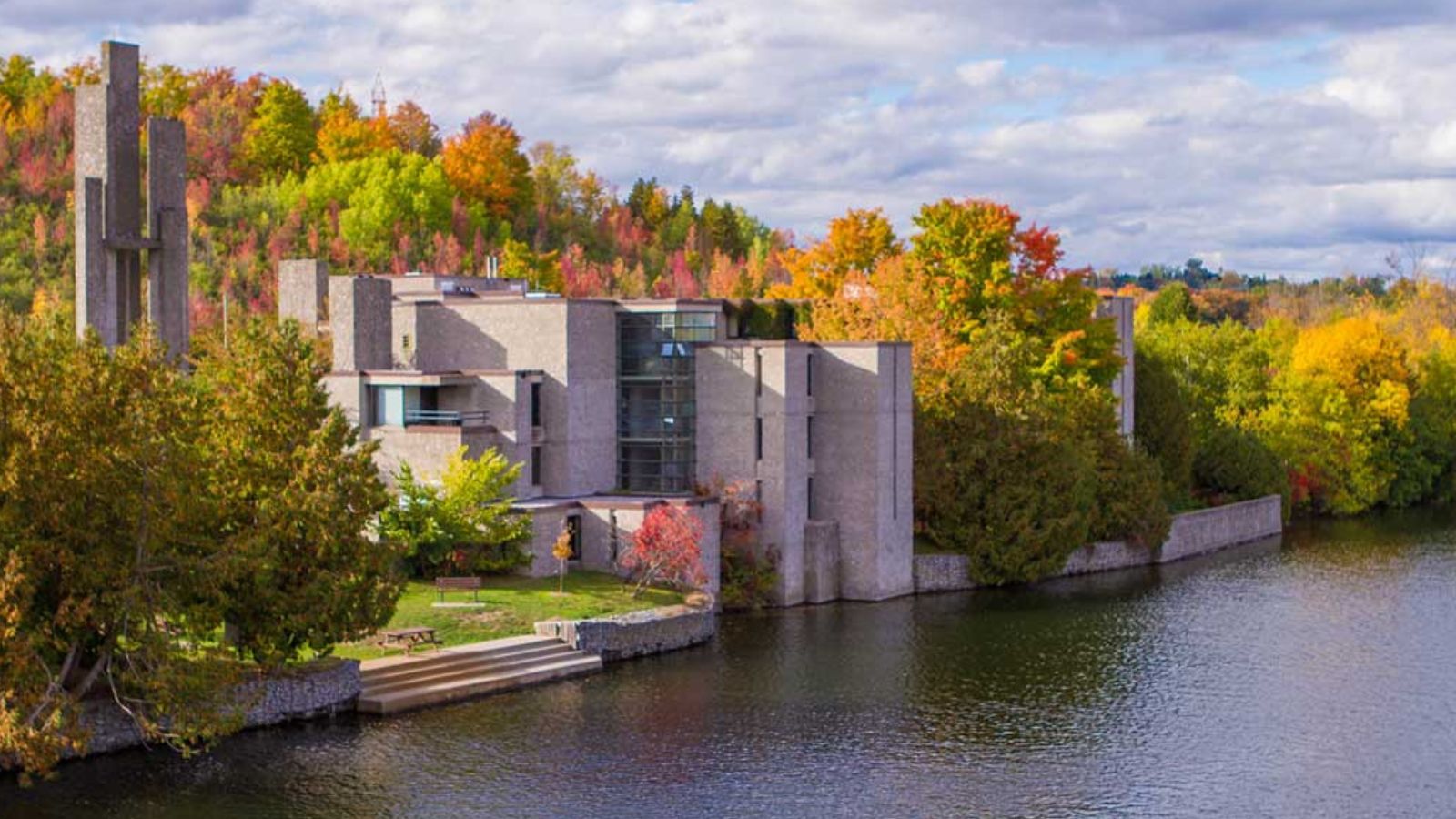
Located northeast of Toronto, Peterborough combines a small-town feel with access to big-city amenities. Its climate is moderate, and it’s far from coasts and wildfire-prone areas. The city is actively investing in green infrastructure and clean energy. It also boasts a strong arts community and affordable living. It’s one of Ontario’s quiet gems for climate resettlement.
London, Ontario
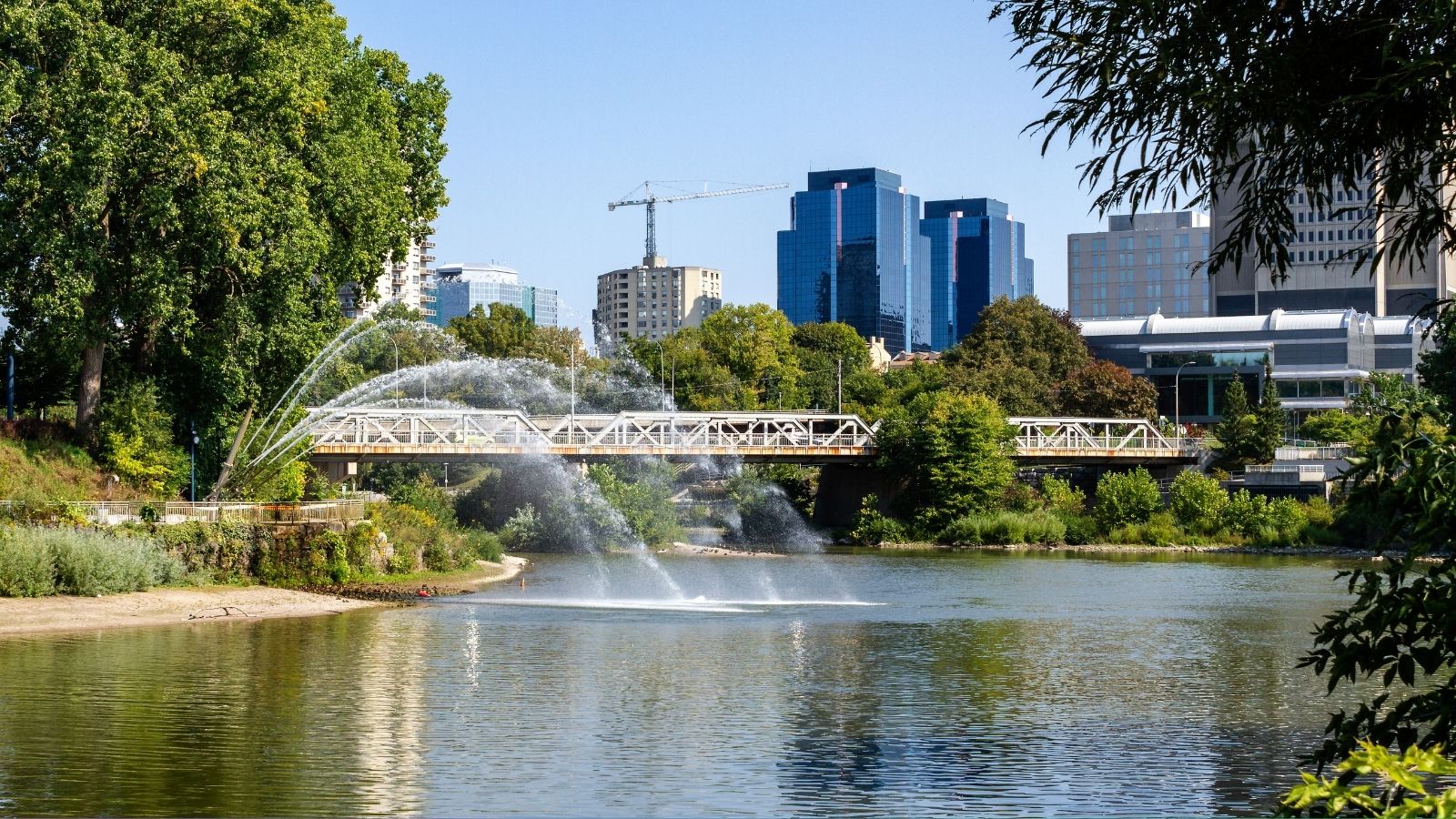
London has long been a landing spot for newcomers thanks to its universities and welcoming culture. Situated inland, it avoids the major natural hazards of coastal cities. The health care and education sectors here are strong, making it viable for families. Affordable housing and green development projects add to its appeal. It’s well-positioned for long-term adaptation.
Guelph, Ontario
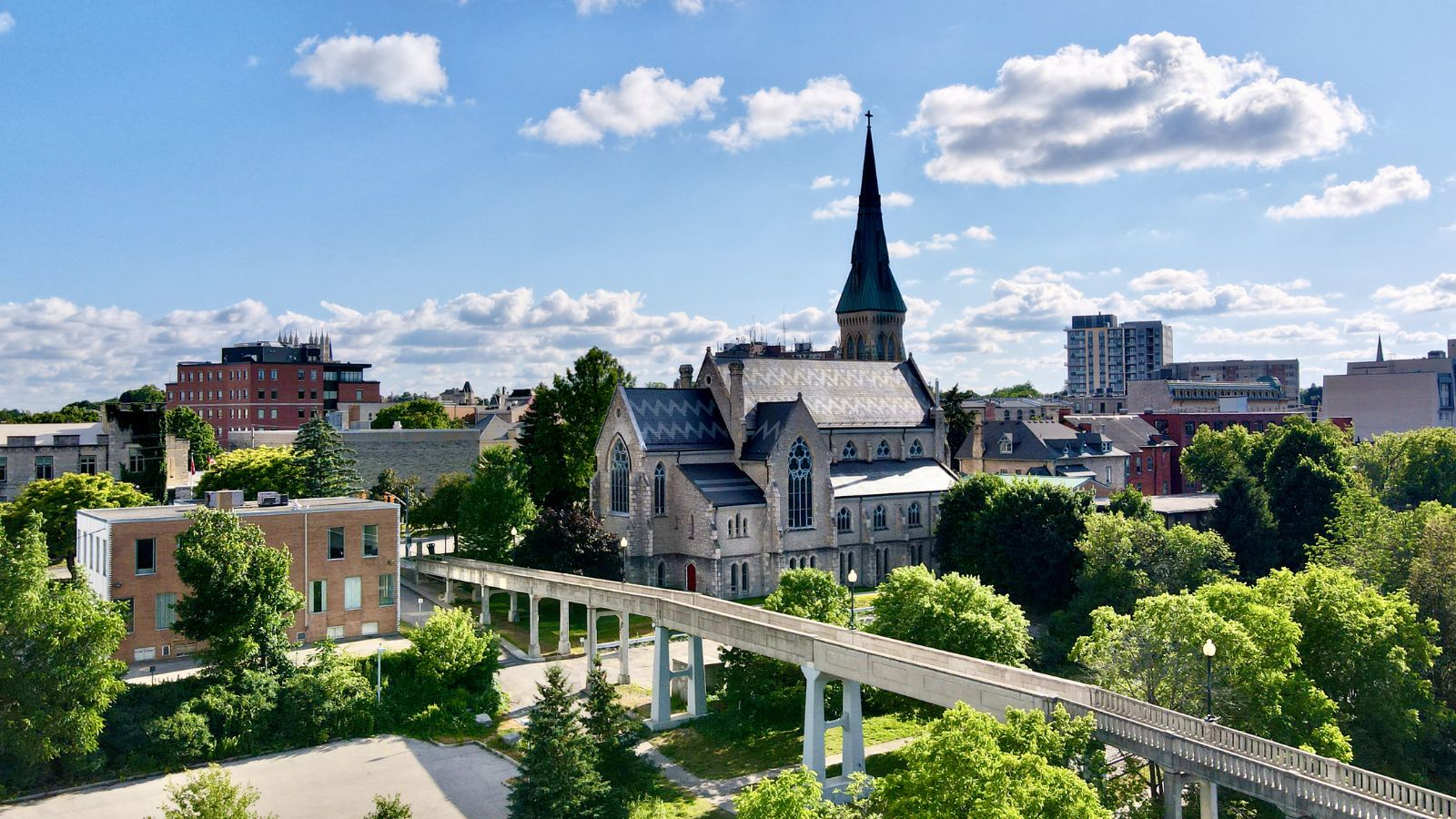
As one of Canada’s most sustainable cities, Guelph is already preparing for climate resilience. It has an ambitious zero-waste plan and is investing in green infrastructure. Located outside the high-risk zones for natural disasters, it provides a sense of security. Community gardens, local food networks, and clean water make it attractive. Climate migrants interested in eco-conscious living may thrive here.
Winnipeg, Manitoba

With low housing costs and plenty of room to grow, Winnipeg is becoming a relocation hotspot. It’s not vulnerable to sea-level rise and has fewer wildfire threats than western provinces. Its harsh winters are a challenge, but can be a welcome escape from heat waves elsewhere. The city is investing in sustainability and community development. It’s increasingly ready for climate adaptation.
Brandon, Manitoba
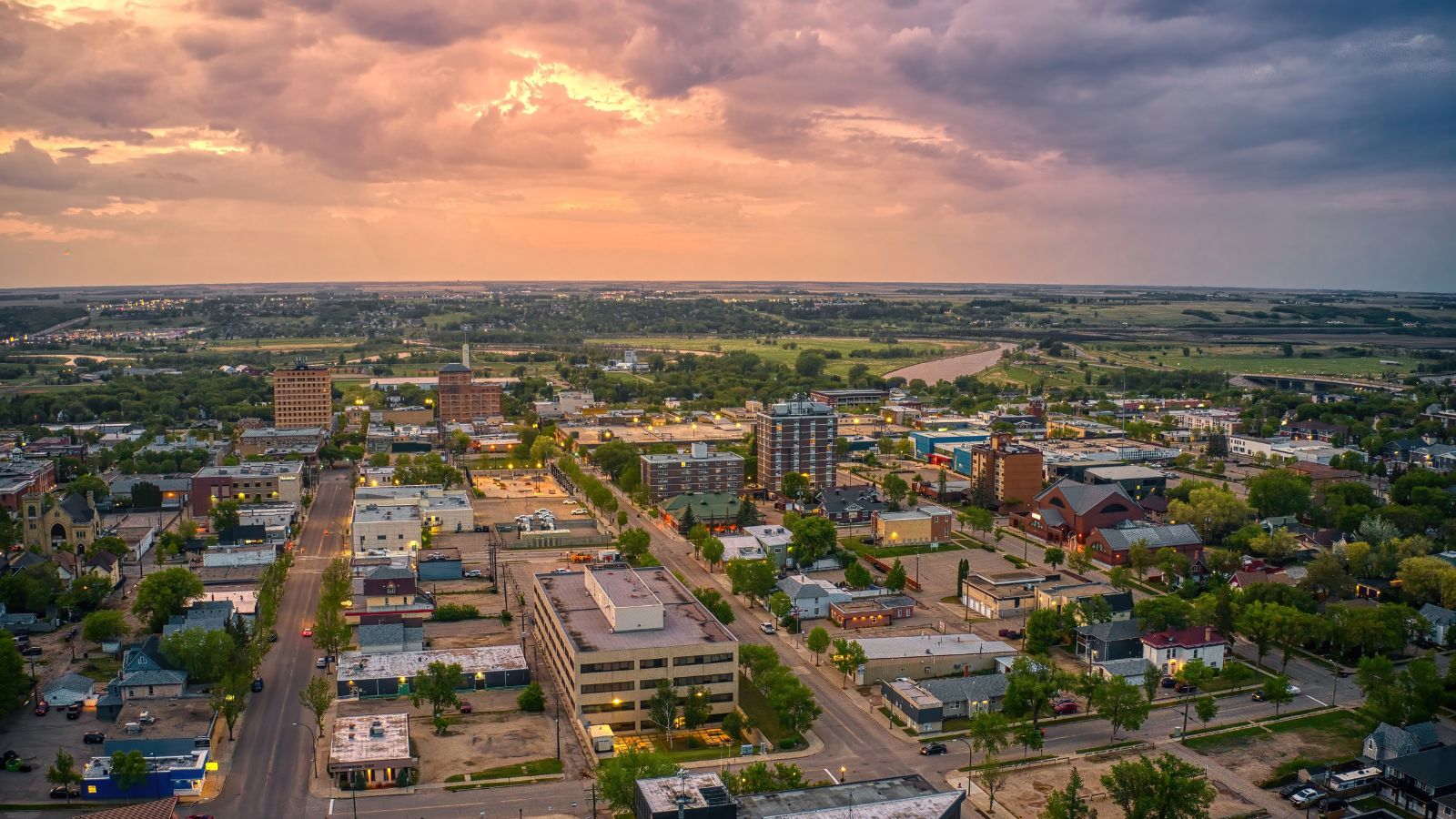
Brandon is Manitoba’s second-largest city, offering affordable housing and a strong agricultural economy. It’s inland, meaning minimal threat from rising seas or hurricanes. The city has been recognized for its urban planning and flood preparedness. There’s a strong sense of community here, which can be comforting for displaced people. Brandon offers both opportunity and resilience.
Saskatoon, Saskatchewan
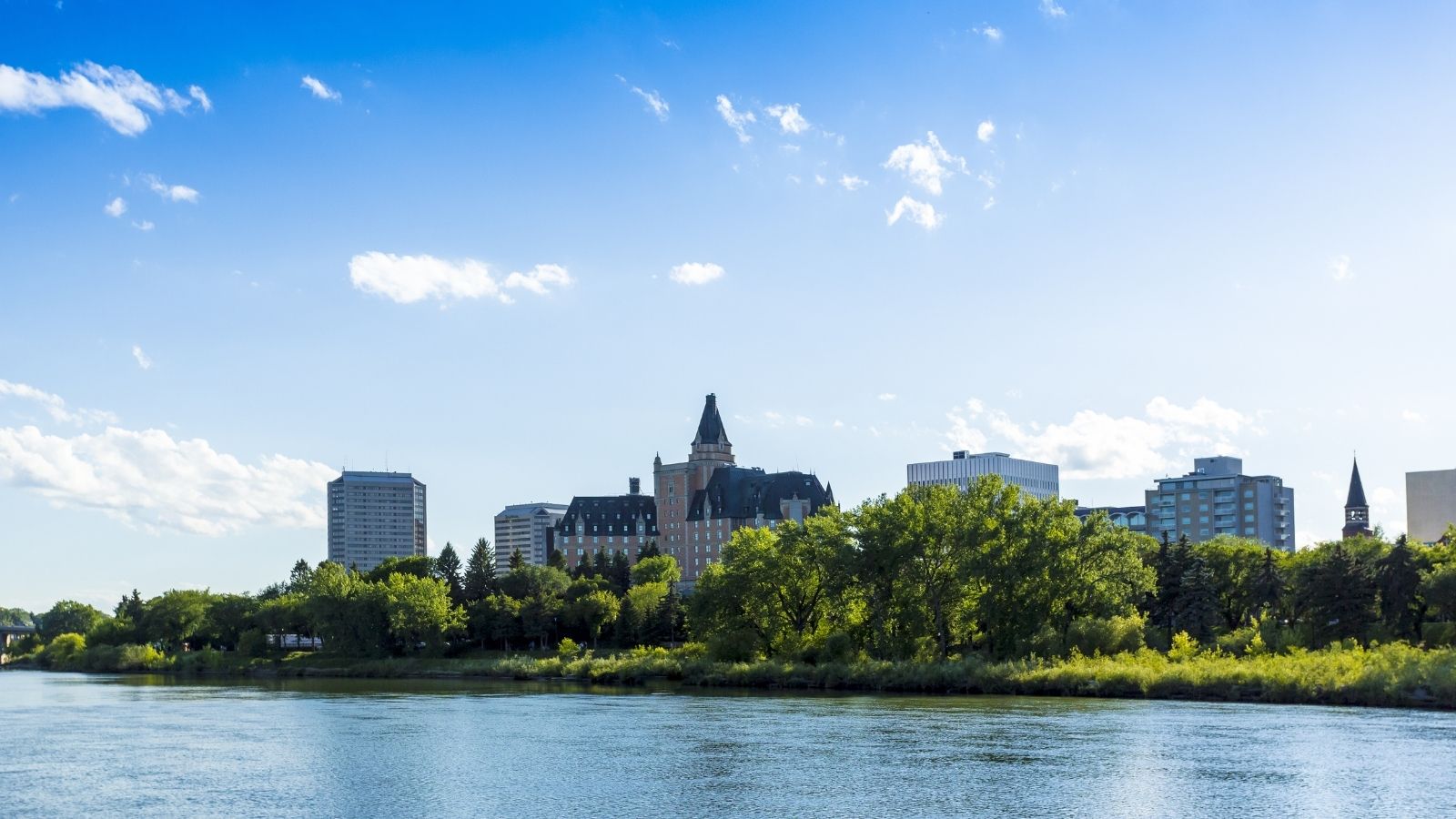
This prairie city is growing rapidly thanks to its tech and agricultural sectors. While drought is a concern, Saskatoon has begun to adapt with water conservation and sustainable urban planning. It’s far from coastal threats and has ample land for expansion. Its vibrant economy and strong educational institutions make it attractive. The city is already seeing migration from other climate-impacted regions.
Regina, Saskatchewan
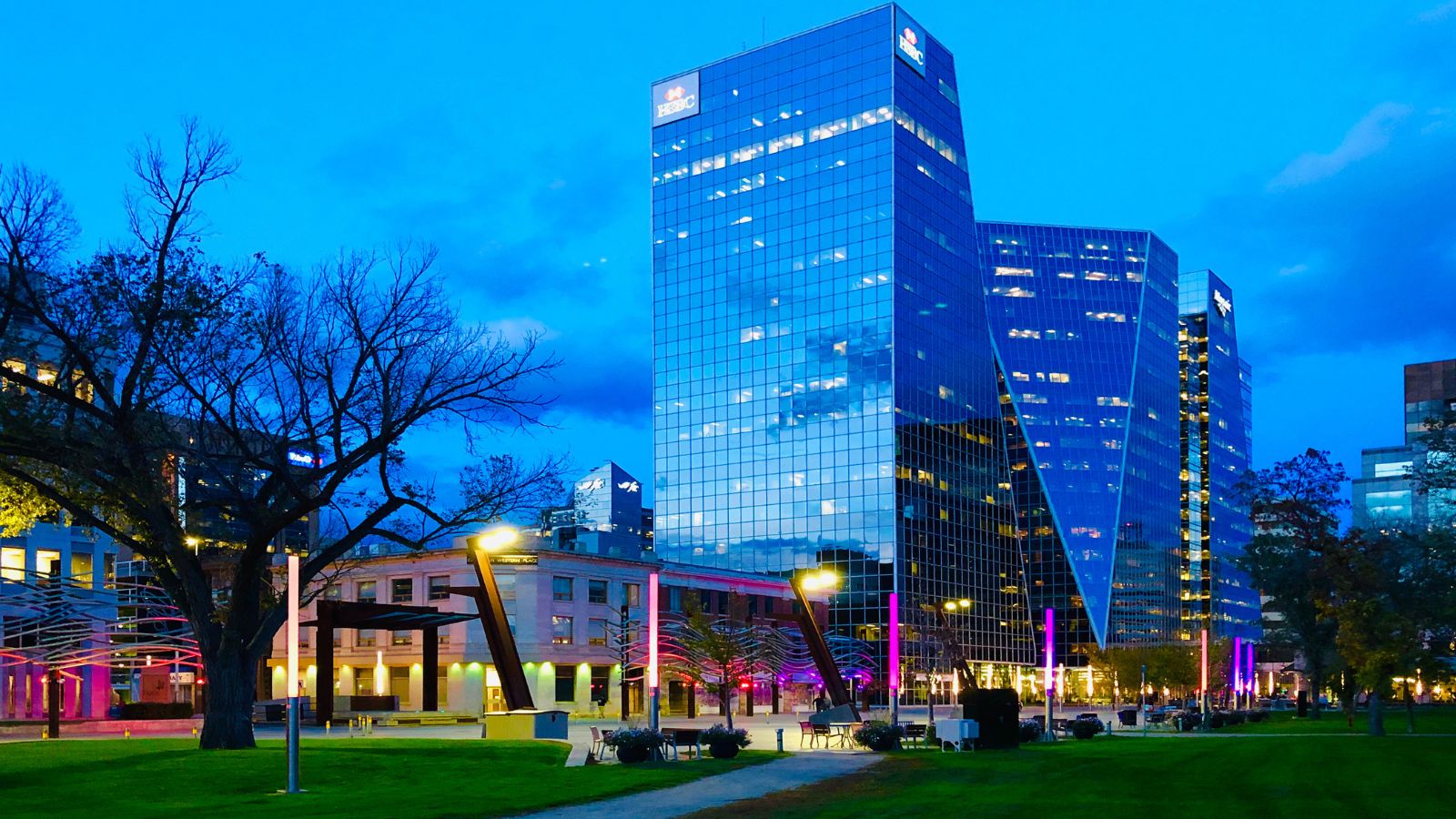
Regina offers a balance of affordability and development potential. It’s actively working on environmental initiatives and preparing for climate-related challenges. The prairie city is at minimal risk from floods and wildfires. Its slow population growth could accommodate incoming migration. Regina’s strong public services and open spaces make it a sustainable choice.
Lethbridge, Alberta
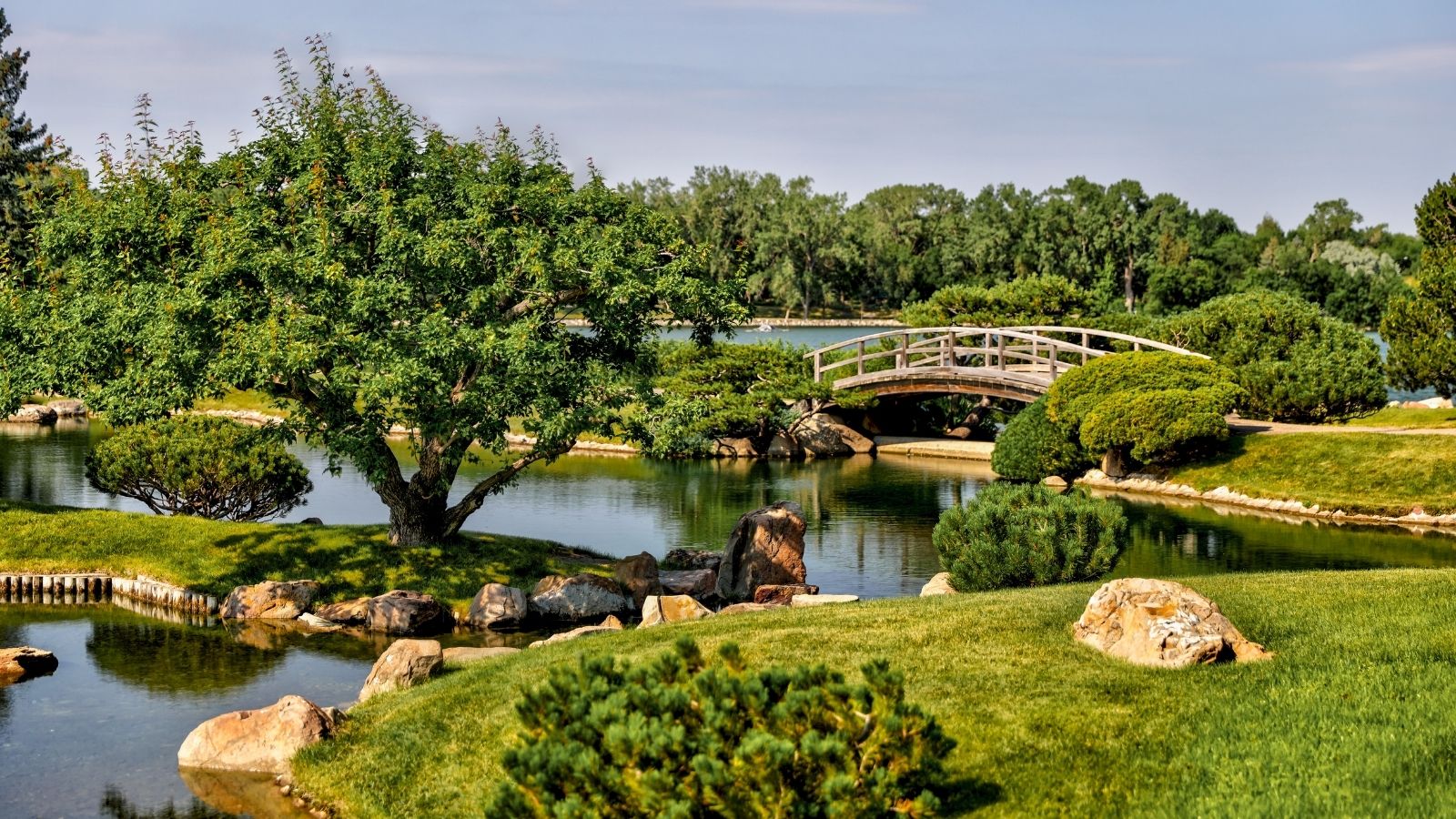
Lethbridge benefits from a mild climate compared to northern Alberta cities and has a relatively low wildfire risk. It’s investing in renewable energy and green buildings. While drought is a regional issue, water management programs are underway. The city’s size makes it adaptable to change. It’s a growing university town that offers both education and innovation.
Red Deer, Alberta
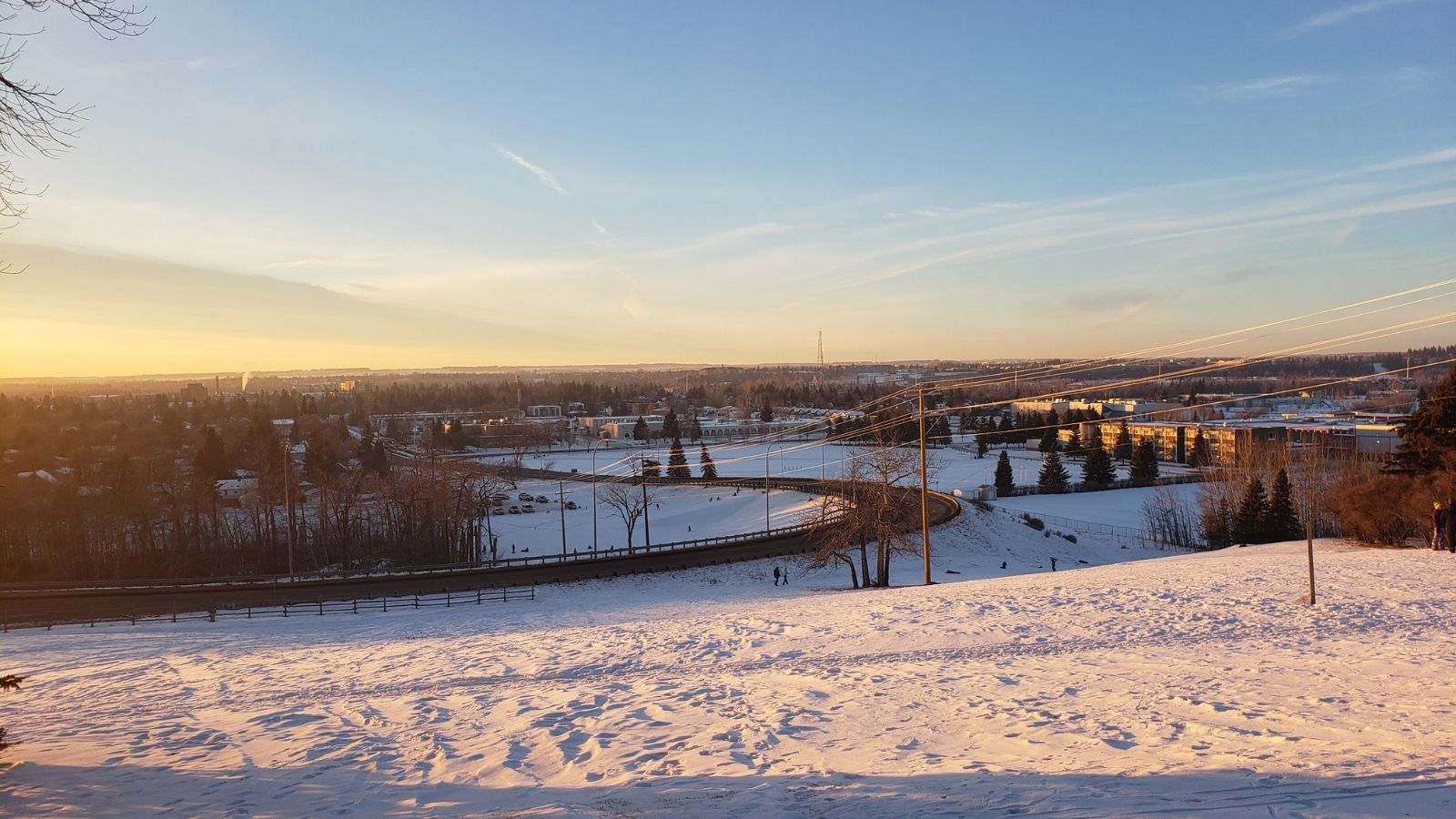
Red Deer sits between Calgary and Edmonton and is steadily growing. It’s making efforts to improve resilience to climate extremes, especially flooding and fire risk. The cost of living is lower than in Alberta’s big cities. Its location makes it a solid choice for refugees seeking economic opportunity with more stability. The city’s plans focus on sustainability and inclusion.
Prince George, British Columbia
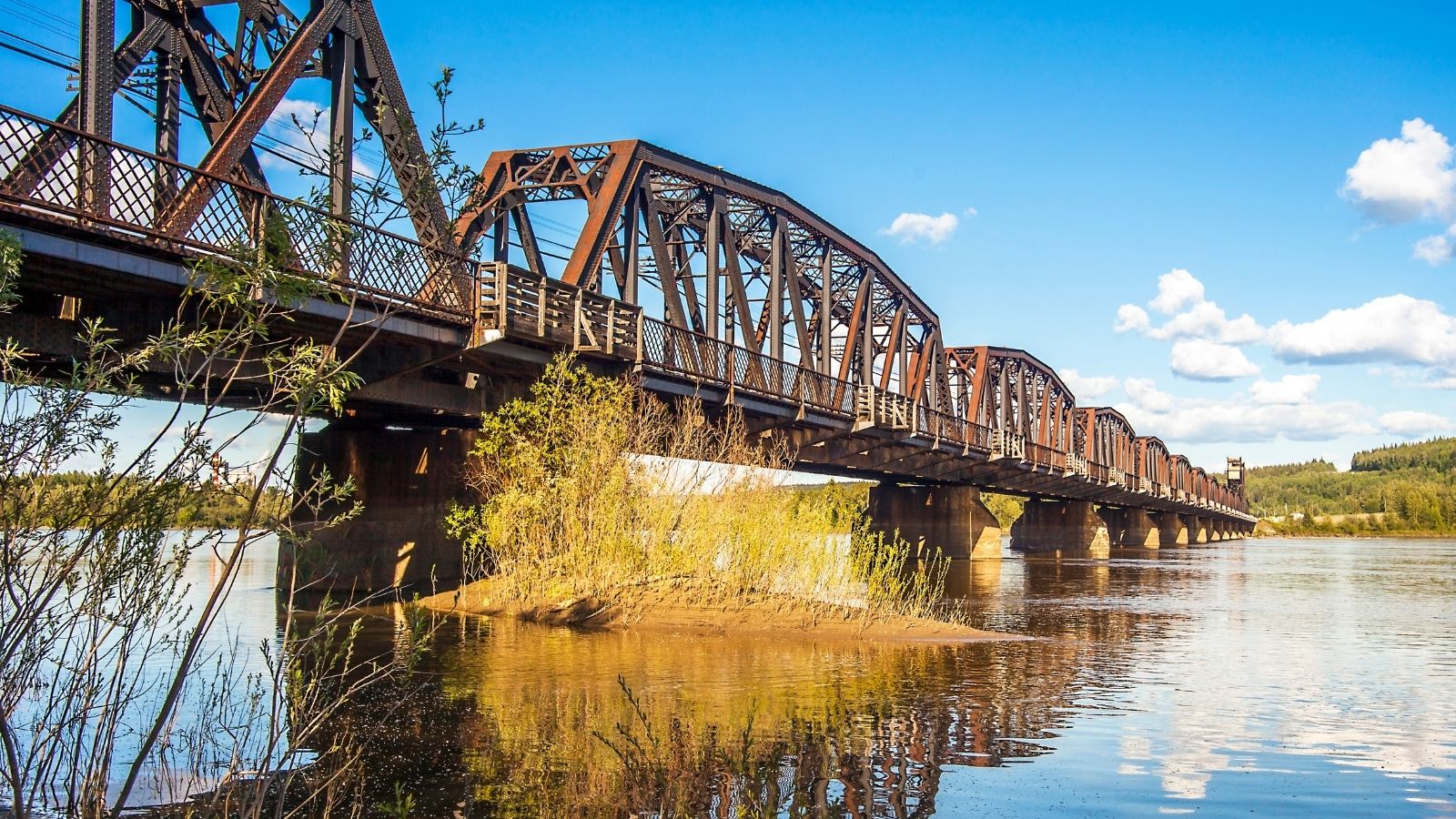
While wildfires affect much of BC, Prince George’s is strategically located to avoid the worst of them. It’s also not on the coast, so sea-level rise isn’t a concern. The city has begun implementing climate adaptation plans. It’s rich in natural resources and has room for growth. Community spirit and infrastructure make it a safe inland bet for resettlement.
Kamloops, British Columbia
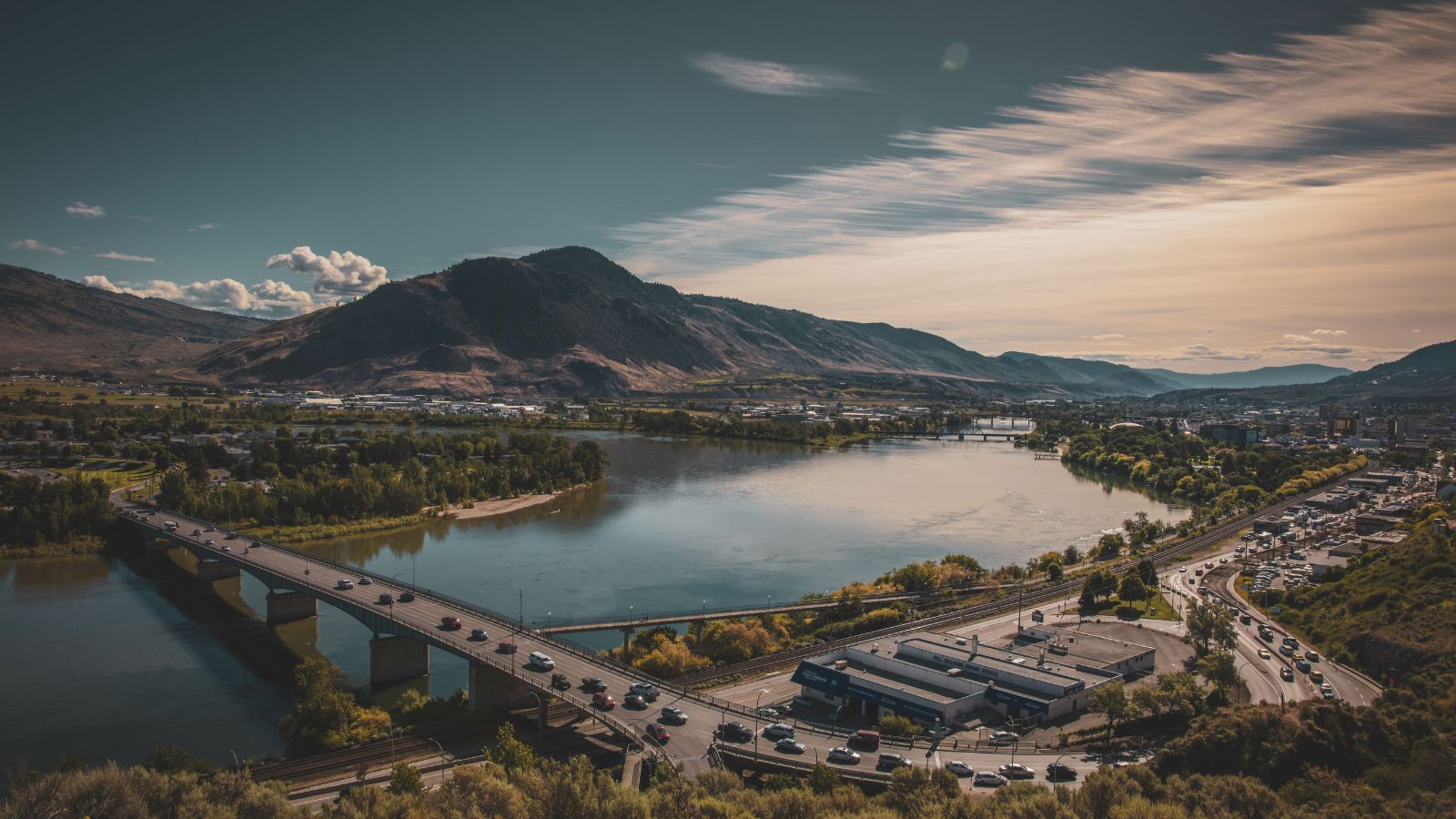
Kamloops is focusing on wildfire mitigation and clean energy development. Though BC is vulnerable, inland cities like Kamloops are better prepared. The city has a relatively dry climate, good healthcare access, and a welcoming attitude toward newcomers. It also has a growing economy centered on education, tourism, and renewable industries. It’s increasingly viewed as a safe bet for long-term settlement.
Whitehorse, Yukon
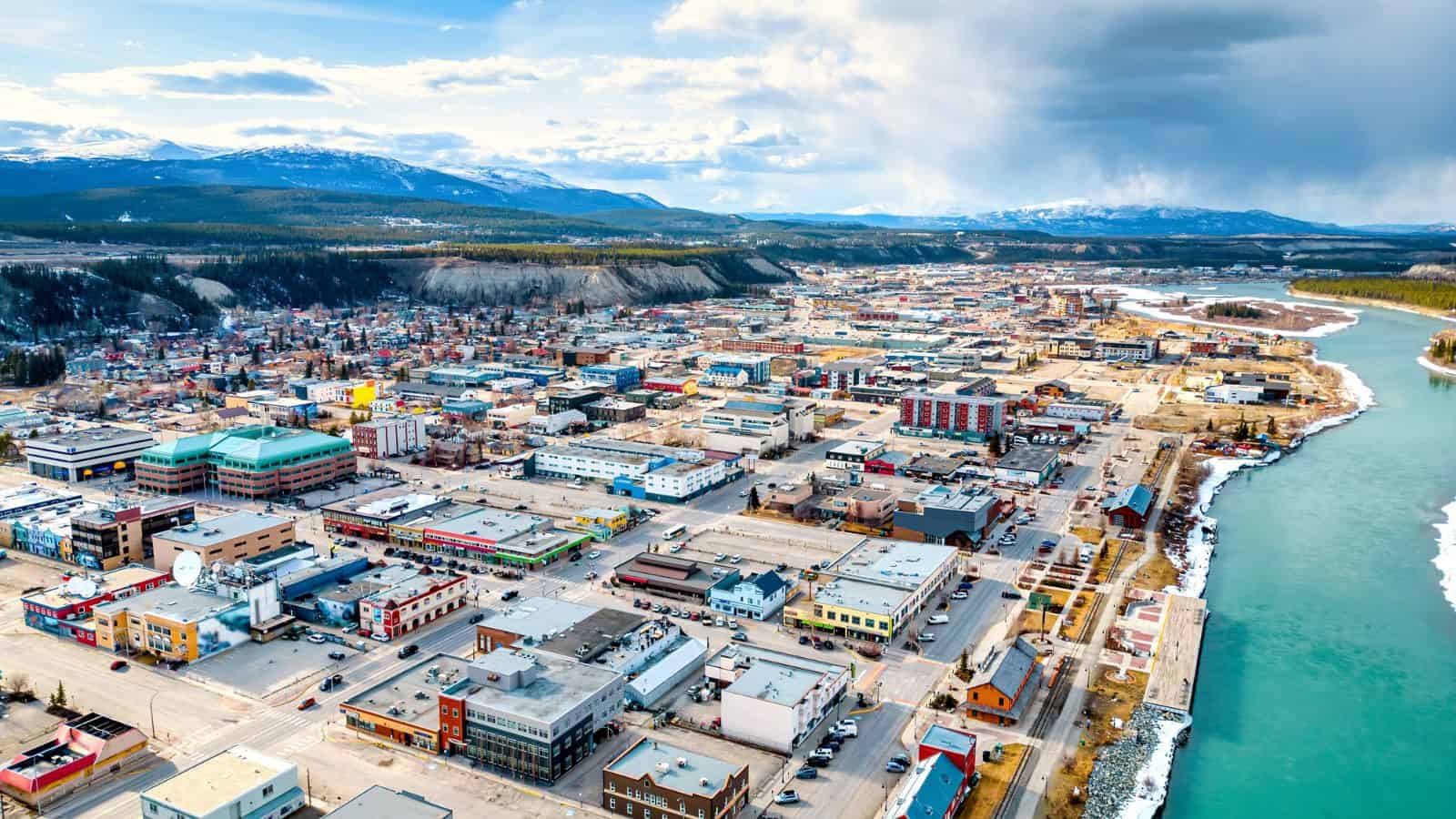
The northern city of Whitehorse is cold but resilient. Climate migrants seeking cooler temperatures might find comfort in its wilderness and community-driven values. The city is investing in housing and green infrastructure. It’s small but growing steadily and sustainably. Whitehorse offers a unique lifestyle far from the environmental chaos of urban centers.
Yellowknife, Northwest Territories
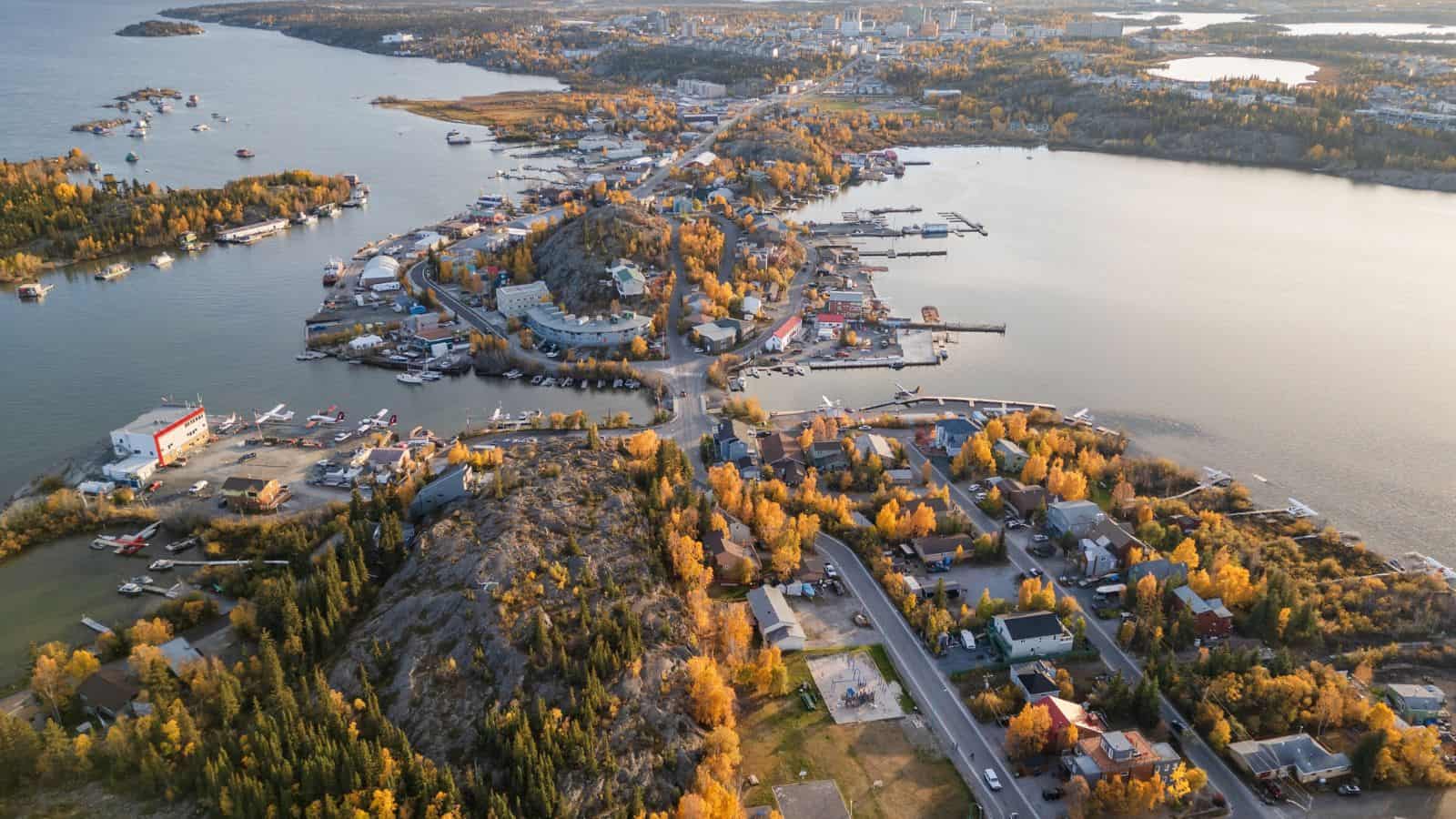
Though the north faces climate change firsthand, Yellowknife is investing in adaptation. Its isolated location gives it a unique resilience from overcrowded cities. It has clean air, strong Indigenous leadership, and a resourceful population. Northern infrastructure is being upgraded with sustainability in mind. It’s a bold but realistic relocation choice.
Thunder Bay, Ontario
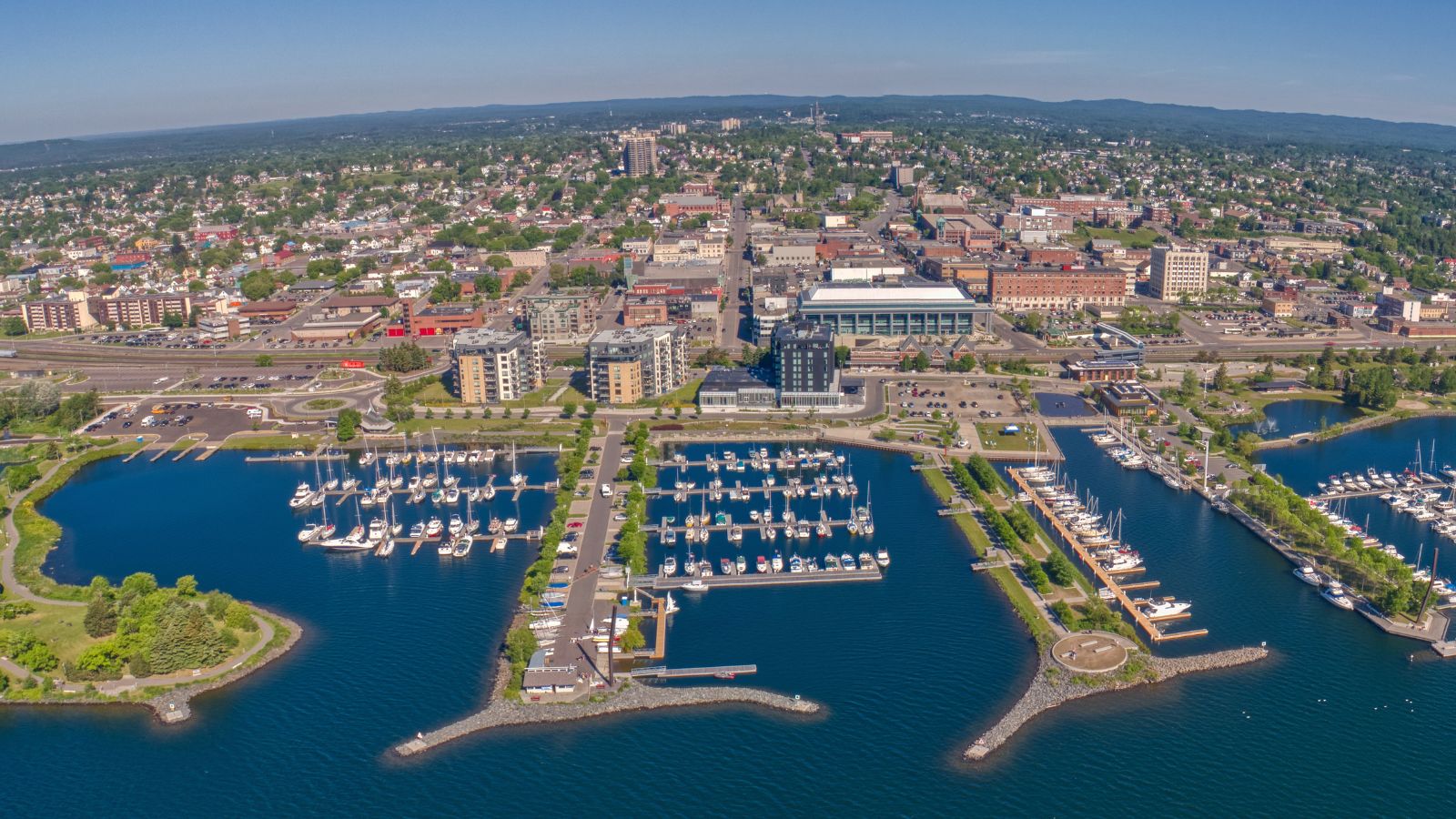
Located on the shores of Lake Superior, Thunder Bay is insulated from major disasters like hurricanes and wildfires. It has plenty of fresh water, green space, and housing opportunities. The city is quietly preparing for an influx of climate migrants. It combines outdoor living with affordable urban comforts. It’s gaining recognition as a climate-resilient city.
Sudbury, Ontario

Once a mining town, Sudbury is reinventing itself through sustainability and clean tech. It’s far from ocean rise risks and has robust public services. The city has improved its air and water quality significantly over the past two decades. Its cooler climate and open land make it a viable resettlement area. Green recovery programs are in motion.
Prince Albert, Saskatchewan
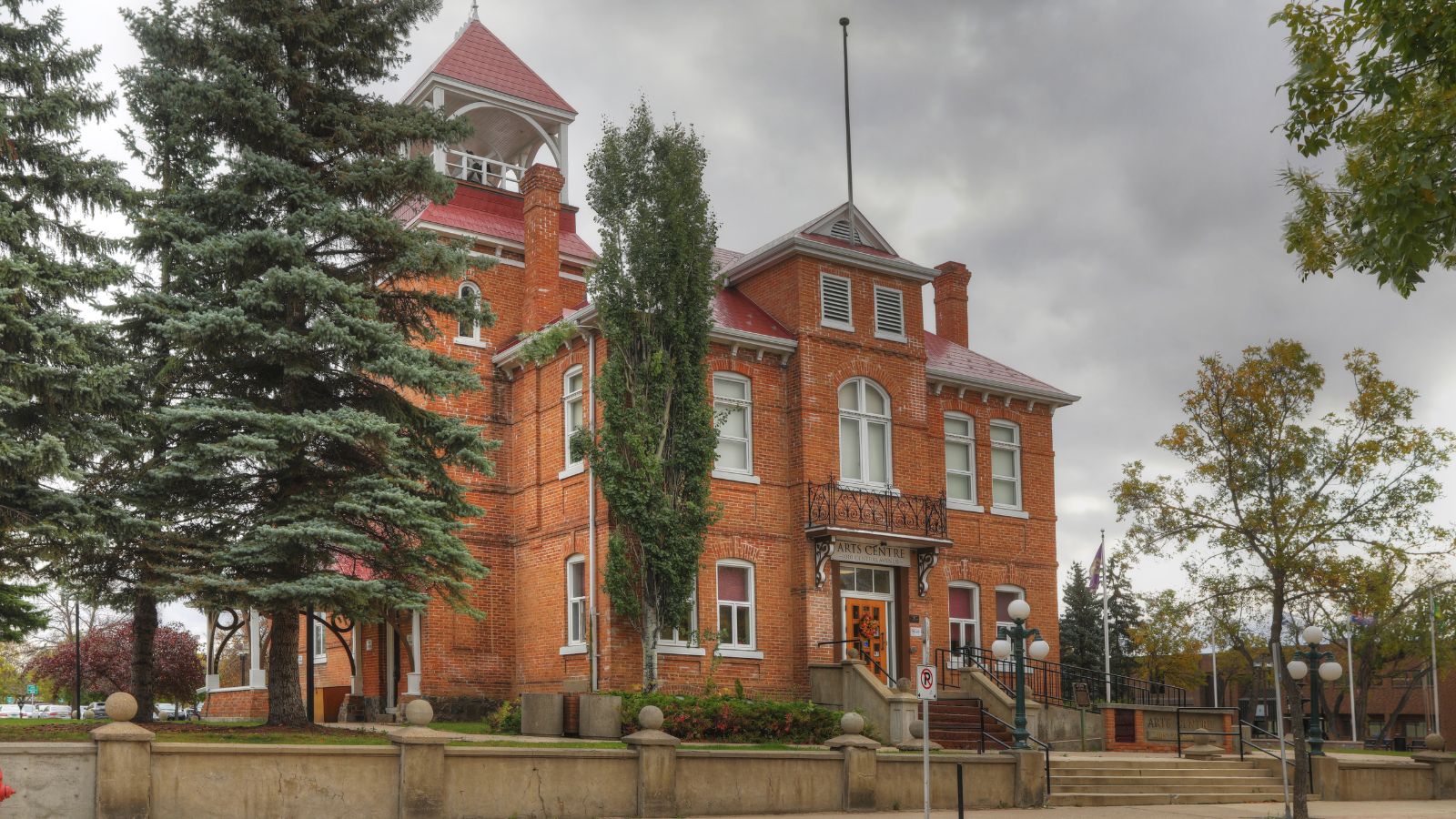
Prince Albert is surrounded by forests but sits far from major wildfire activity zones. It’s a smaller city with untapped growth potential and a steady economy. The area has strong Indigenous ties and local environmental leadership. Climate-conscious community planning is emerging. It’s another under-the-radar town ready for climate resettlement.
Trois-Rivières, Quebec
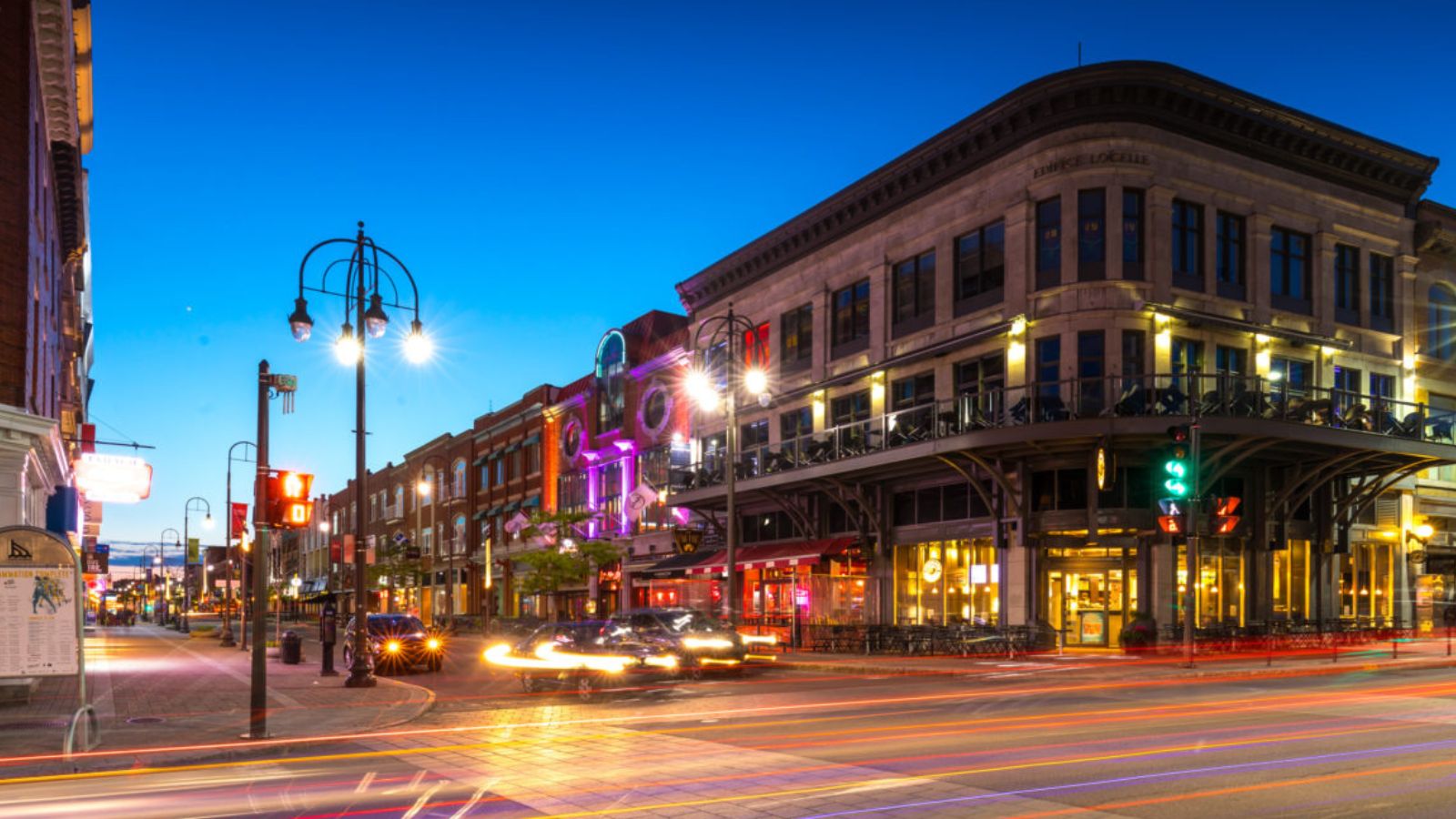
This historical city lies between Montreal and Quebec City and has shown promise in green development. Trois-Rivières is safer from floods and storms and is growing slowly but steadily. Housing remains accessible, and public services are solid. It’s a welcoming city with a strategic geographic position. Climate refugees may find this a balanced, safe option.
Sault Ste. Marie, Ontario
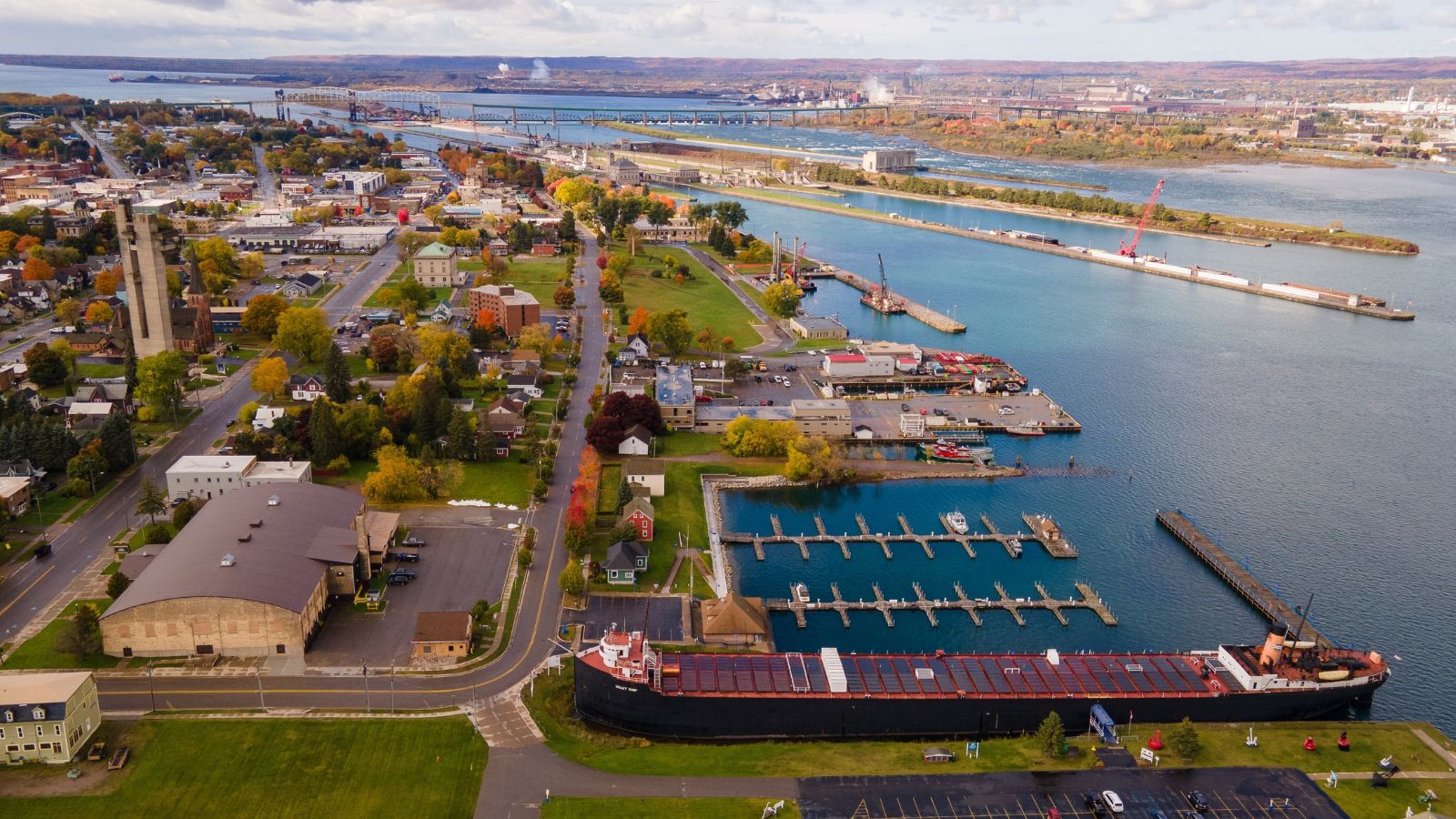
Located on the St. Marys River, this city is known for freshwater access and affordable living. Its inland position means it avoids the extremes of coastal or wildfire-prone regions. Sault Ste. Marie is increasing investment in renewable energy and climate resilience. It offers space, services, and a slower pace of life. It sure is a promising place for new beginnings.
Saint John, New Brunswick
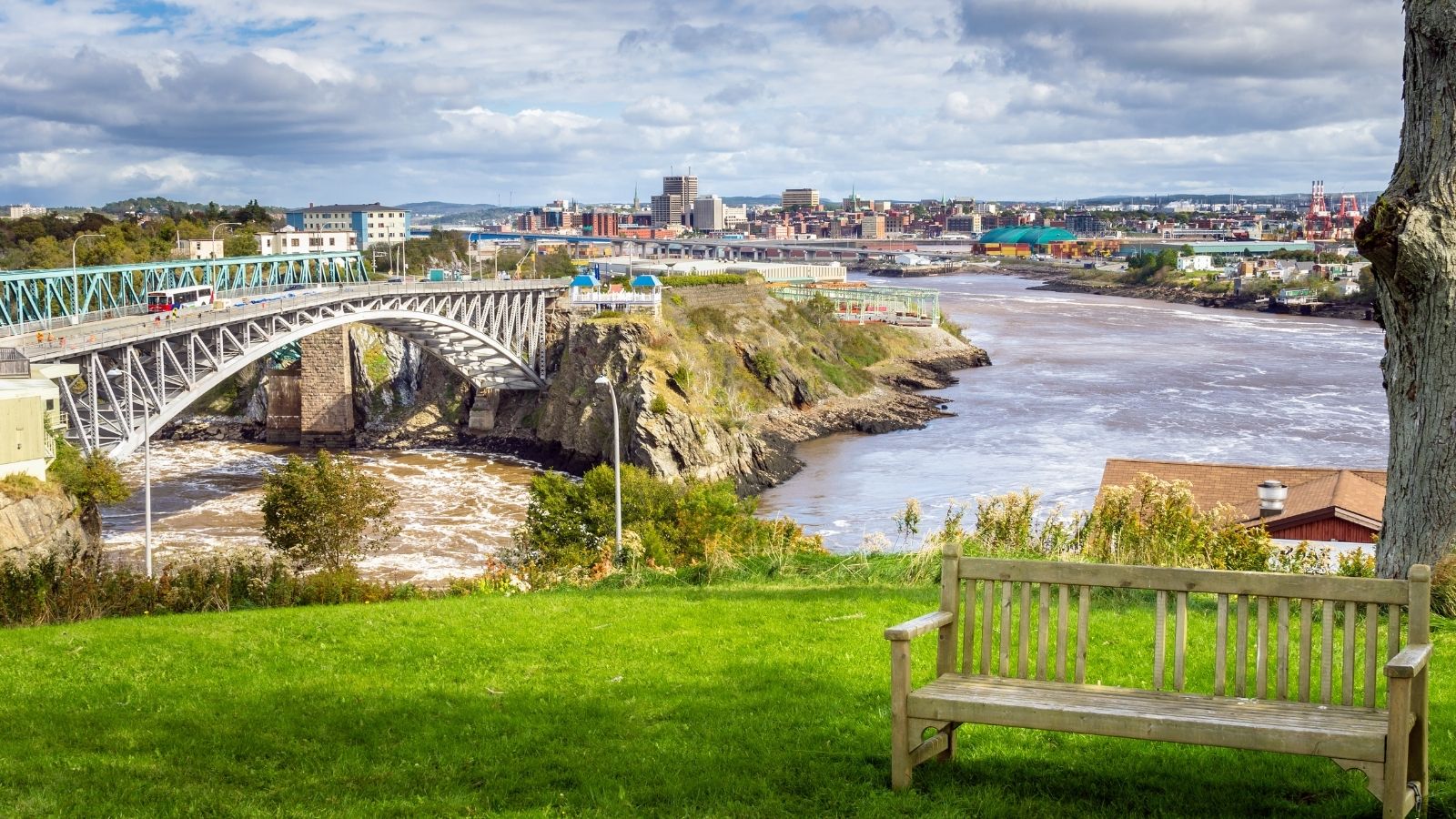
Saint John is working hard to adapt its port and infrastructure to a changing climate. The coastal city is implementing sea-level rise measures and sustainable urban planning. It offers job growth, nature access, and a strong community base. Newcomers are welcomed and supported with public programs. With the right planning, it’s a future-ready destination.
Conclusion

As the effects of climate change intensify, Canada’s provinces and cities are stepping up. These 28 locations represent the quiet front lines of climate migration, places that offer safety, sustainability, and a chance to rebuild. While no location is perfect, these cities are positioning themselves to support a new wave of residents with resilience, resources, and room to grow.
22 Times Canadian Ingenuity Left the U.S. in the Dust

When people think of innovation, they often picture Silicon Valley. However, Canada has a history of innovation, too. Whether it’s redefining sports, revolutionizing medicine, or just showing America up at its own game, Canadian inventors, thinkers, and dreamers have had their fair share of mic-drop moments. Here are 22 times Canadian ingenuity left the U.S. in the dust.
22 Times Canadian Ingenuity Left the U.S. in the Dust
